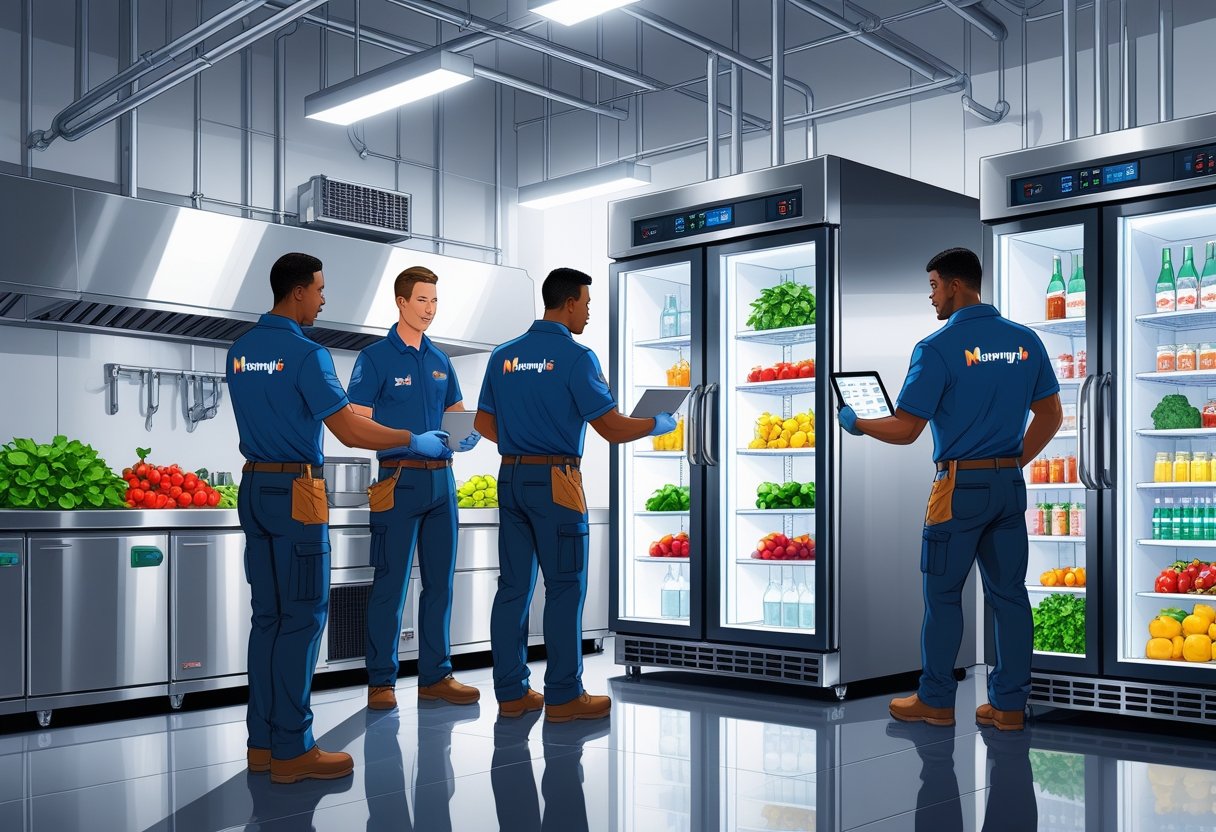proudly serving
the mid-south
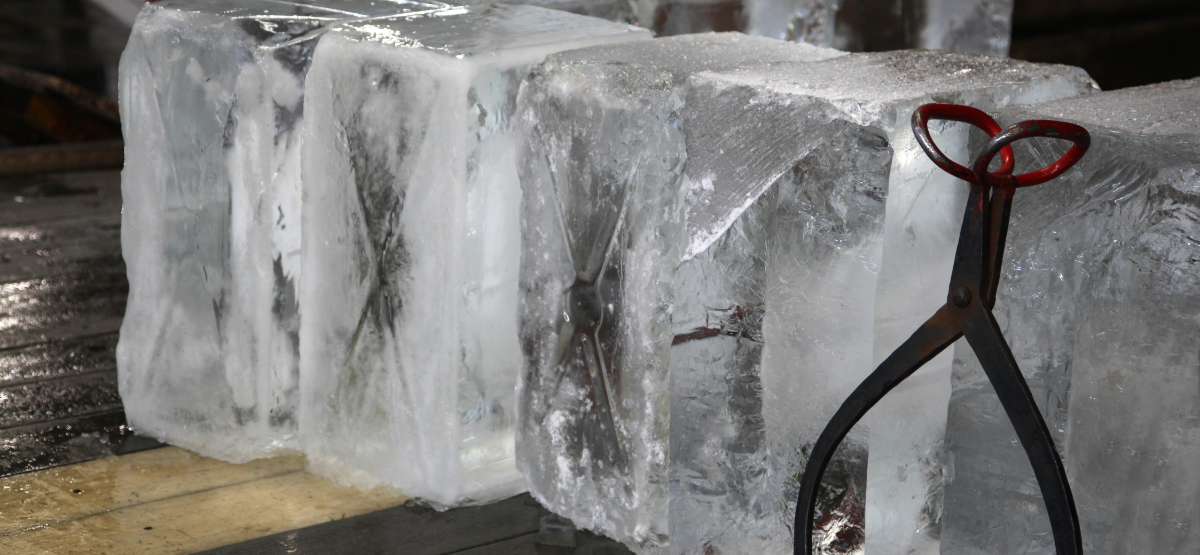
How Was The Ice Machine Invented? – Memphis Ice
Have you ever stopped and wondered, “how was the ice machine invented?” There’s a fascinating history behind the ice cubes that we take for granted everyday.
When you think of modern inventions that have transformed our world, an ice machine may not be the first thing you think of. But stop and ponder this question: What does our world look like without the invention of the ice machine?
We’re talking about big picture things, not just the convenience of an ice cold drink (which, don’t get us wrong, is a big win in our opinion). Ice itself is crucial to our economy. Not only is ice used in almost every commercial kitchen, it’s also used in grocery stores for food packing. In addition to this, the refrigeration technology that we depend on for the transportation of fresh food originated from the ice machine.
Without the ice machine, life as we know it would be drastically different. So now that you know what’s at stake, here’s the story of how the ice machine was invented.
Before The Ice Age
Easy access to ice is a relatively new luxury, historically speaking. Before the invention of the ice machine as we know it, people had to get creative with how they created, harvested, and stored their ice supply.
In Persia, locals built enclosures called a yakhchal, which was a large conical structure built over an underground pit. This building basically functioned like an evaporative cooler, and Persians stored and made ice in the cool subterranean depths well before the ice machine as we know it was invented.
In other parts of the world where ice occurred naturally, people harvested boulders of ice from the mountains and transported them into the city to break into blocks and store in underground storehouses. In the United States, with the dawn of the transcontinental railroad, ice harvesting and transportation became a highly lucrative and competitive industry. One of the men who capitalized on the ice industry was Frederic Tudor, who became so wealthy that he was known as the “Ice King” (remember that name, this guy turns up later in the story).
As societies advanced in their understanding of science and medicine, they realized the important role ice played in preventing food-borne illnesses through refrigeration and the preservation of medicine. As ice became more readily available, ice cream and cool drinks were increasingly popular, which created even more demand for ice.
Ice: A Hot Commodity
Like many inventions, the ice machine came about by stops and starts. First one person would develop an idea, and then another would pick up where the last one left off.
Most historians agree that the invention of the modern ice machine can be attributed to John Gorrie, an American doctor. In the mid 1800s, many cities in the United States suffered from seasonal outbreaks of deadly fever like malaria and yellow fever. Gorrie wanted to alleviate the suffering of his feverish patients through the use of ice, so he took existing technology from the refrigerator and patented his very own ice machine.
Related: The Birth Of The Refrigerator: How We All Ended Up With One
The public responded positively to his invention. And who wouldn’t? He debuted his ice machine by serving up chilled wine to the public on a blistering hot day. People raved about the invention, but unfortunately that’s where Gorrie’s momentum stops–at least during his lifetime. Funding was difficult and he couldn’t create a version of his ice machine that could be easily produced in mass quantities. This wasn’t just a stroke of bad luck for Gorrie, though.
Remember Frederic Tudor, the so-called “Ice King”? He was partially to blame for blocking Gorrie’s funding and kickstarting a smear campaign to tarnish the reputation of the ice machine. Mass-produced ice meant Tudor’s ice empire would come crashing down, so in an act of self-preservation, he put a stop to Gorrie’s progress.
Even though Gorrie didn’t get to see the success of his invention in his lifetime, historians point to his early patent as the origination of the modern ice machine. His brilliant method of compressing, condensing, throttling, and evaporating air was the first step toward the technology used in modern ice makers. As a result, Gorrie is recognized as the father of refrigeration and air conditioning.
We’re Your Memphis-Area Ice Machine Experts (And Ice History Nerds)
Recent News

Importance of Routine Ice Machine Cleaning for Health and Efficiency Maintenance
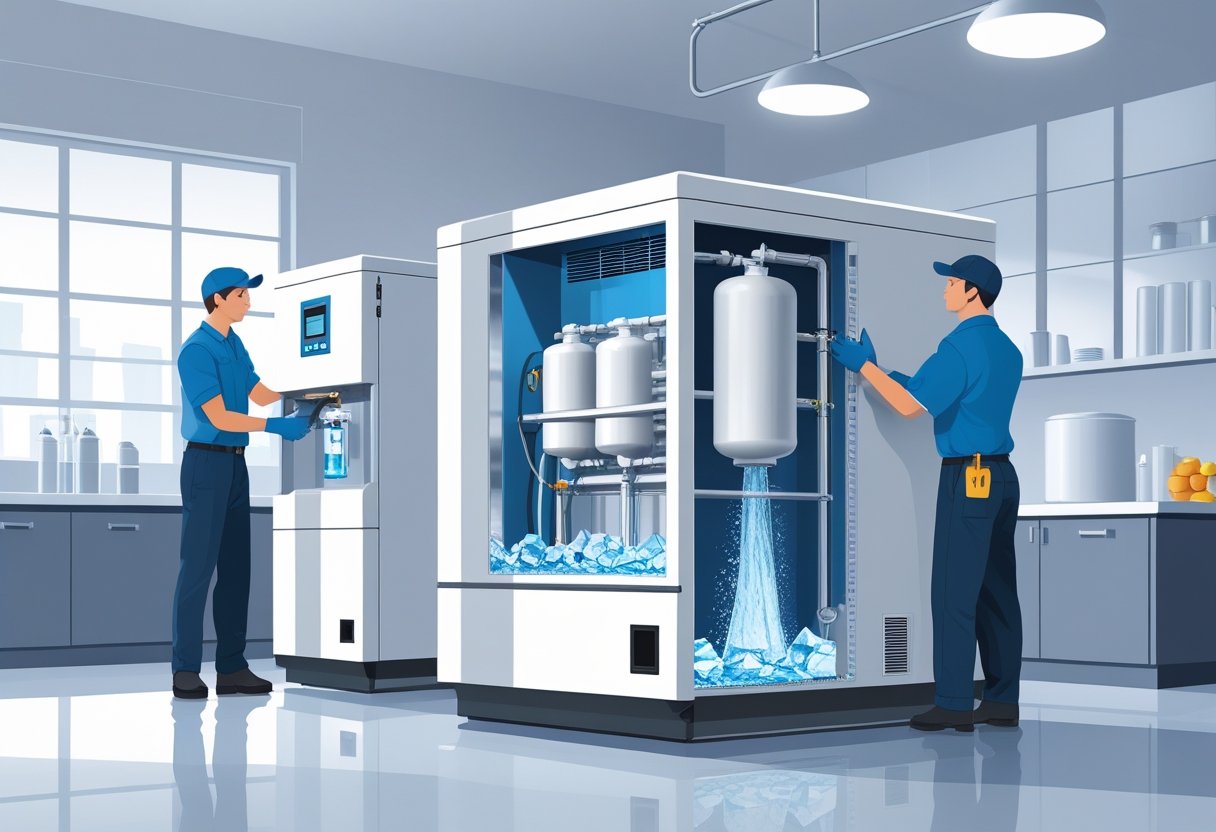
Do Ice Machines Need Water Filters for Optimal Performance and Longevity
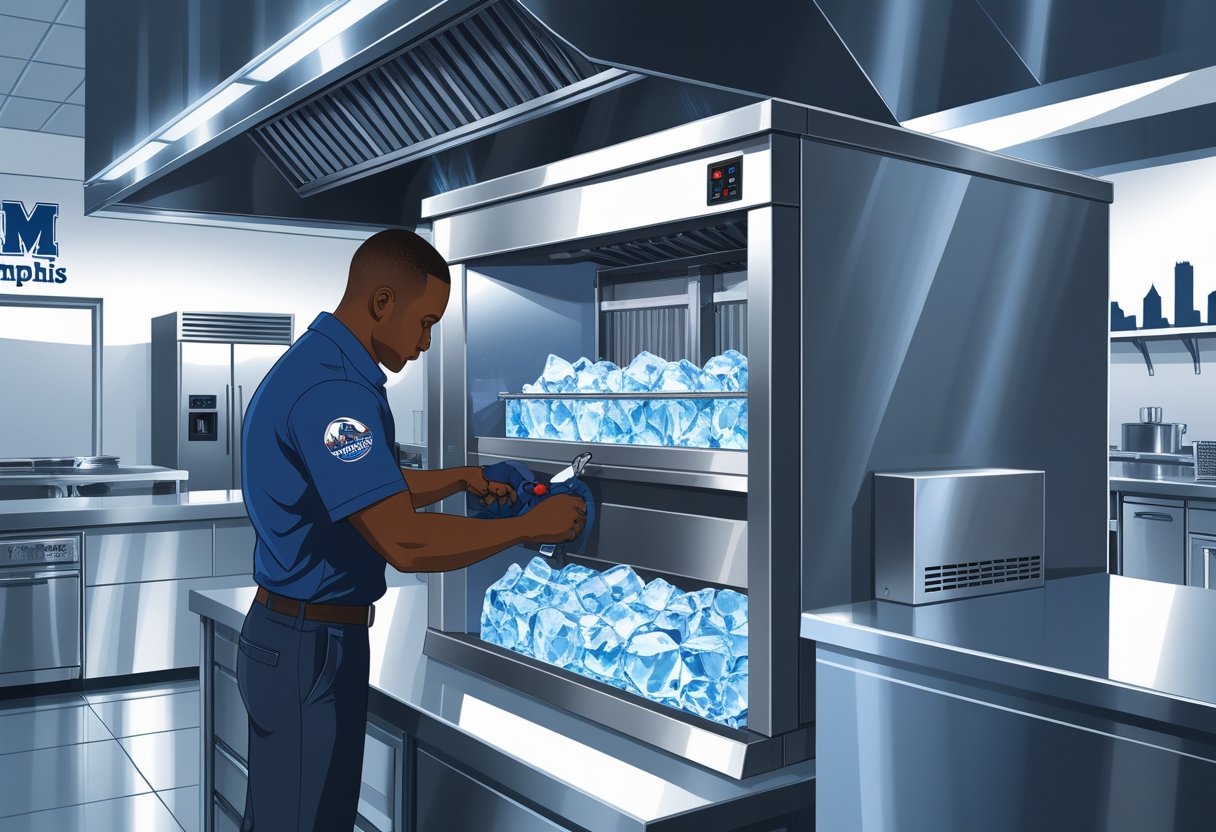
Ice Machine Service Memphis Expert Repairs and Maintenance Solutions
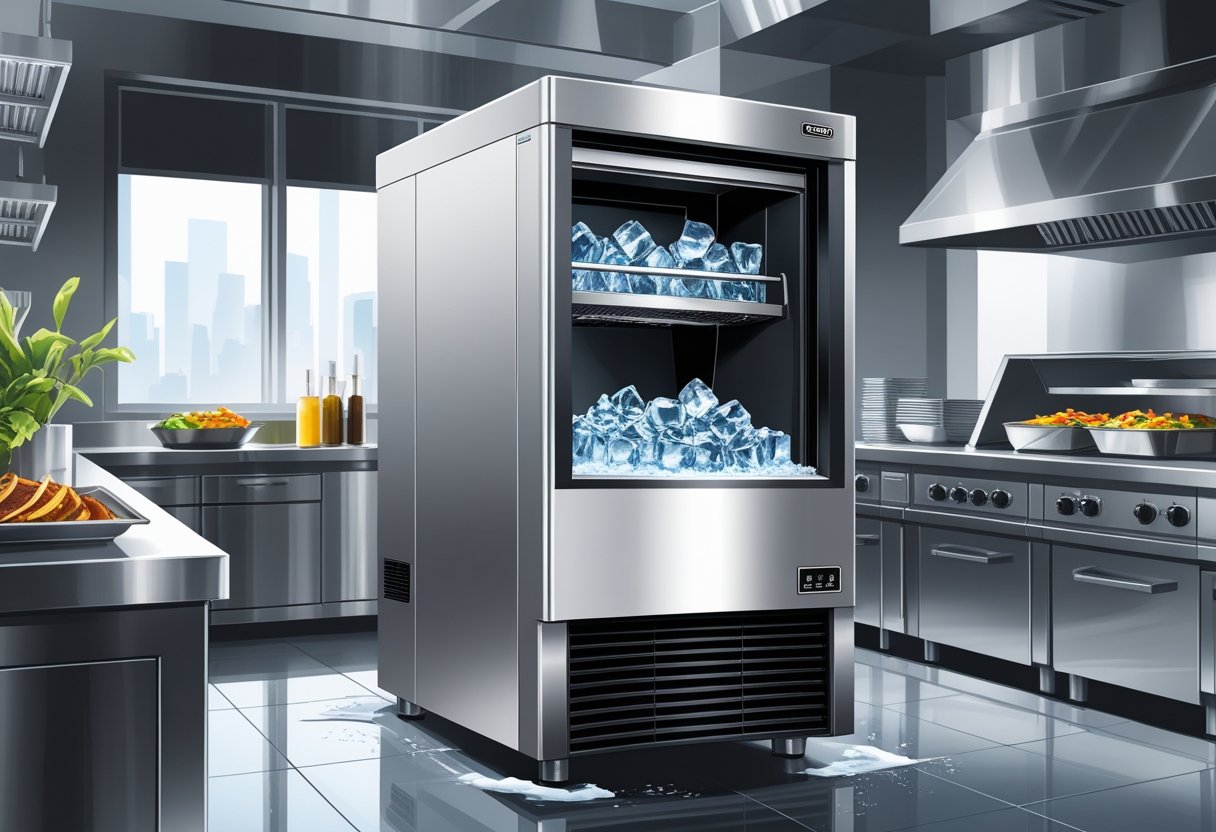
Best Commercial Ice Maker for Restaurants: Top Models for Efficiency and Reliability

Bar Equipment Refrigeration Guide Essential Tips for Efficient Cooling and Storage

Preventative Maintenance for Ice Machines: Essential Practices to Ensure Efficiency and Longevity
